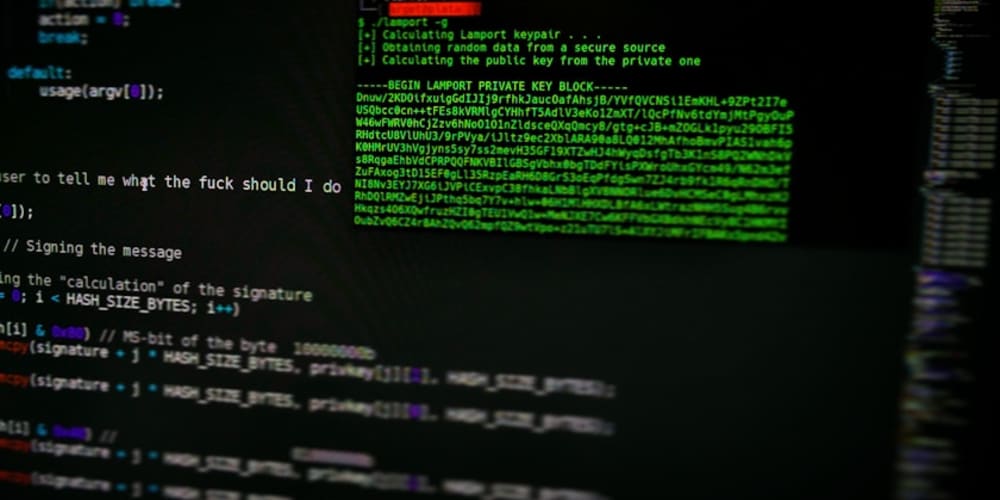Since the start of the pandemic a lot of us moved their company communication to Slack (or similar tools). To help my colleagues and support them with how to use Slack I wrote a slack etiquette for SinnerSchrader. Lot of them were not used to Slack or asynchronous communication chat tools at all. After I talked to Stefan Judis about the slack etiquette and got a lot of input + sparring from him, we made the slack etiquette public.
What I experienced afterwards is that we came up with a lot of new issues especially regarding inclusive language. Of course you could argue that people should know how to do inclusive language anyways, but it’s more complicated than that, I would say. For a lot of people who are not native speakers and / or never had something to do with this topic the written language is more complicated. Additionally you can now re-read the written word at any time. So, mistakes are more likely to be seen and not to be forgotten.
That’s why I looked into a solution for Slack. It was very clear to me that we should use a slack bot. I looked into different solutions that may help us with inclusive language. Today I want to share those learnings and my recommendation with you.
Inclusive Language Support for Slack
There are two solutions when it comes to inclusive language at Slack. The global version and the private one.
Slackbot - The Global Version
Slackbot is a feature in slack that can automatically respond to messages that members of your workspace send in channels.
- Global - for all channels (no exclusions)
- Public slackbot responses, everyone in the slack channel will see them
- High initial effort for first maintenance
- Depending on the languages you want to support
- Easy maintenance
Side effect: Since everyone will see the slackbot response, it has a learning effect for everyone and promotes open exchange about it.
Consider
- It's global and can't be switched on or off per channel
- By default every member of the Slack workspace is allowed to maintain the slackbot responses. You may consider turning this functionality off.

Further
- More information about Slackbot Responses
- Two posts with more details about inclusive language:
Slackbot - The Private Version
You can also write bots yourself and use the Slack APIs to interact with messages.
- Can be integrated into individual channels (is not global)
- High initial effort due to development time
- Maintenance could be mapped via json or similar
- Can be configured to send the message only to the sender "Only visible to you".
- As sender I can edit my message and apply what is suggested without anyone seeing it
Side note: Of course there are inclusive language slackbots you can add to your workspace, but I haven't found some who have the option to maintain the words/phrases
Consider
- Could be turned off by the individual channels, e.g. because it is felt as annoying
- Initial time expenditure is higher and can be settled in the case only by developers
Further
- More information about how to write a bot for slack
Personal Recommendation
What both solutions have in common is that a bot is responding to non-inclusive language and no human need to do so. That is also the reason why the sender is more likely to not take it personally.
My personal recommendation is the global solution. This one can support you in dealing openly with the topic of inclusive language. In addition, it serves as a tool for education about inclusive language.
As a company, you are sending a clear signal that you make no distinction between internal and external communication (clients, freelancer, partners, …. If they are in your company's slack workspace as well).
If you consider this solution, you should plan preparation time for a good communication strategy. Just turning it on would cause some to feel they had been blindsided.
In addition, the public solution requires the creation of well-worded "response" messages to "non-inclusive words". This would help to ensure that no blaming character is created, but rather that the clear goal of clarification is pursued.
The Global Solution - Slackbot Responses: Promoting open interaction/exchange & Inclusive language education for everyone
What is your experience? Are you already using a slack bot for inclusive language in your company? Project? Community?
Photos by Tim Mossholder on Unsplash




















